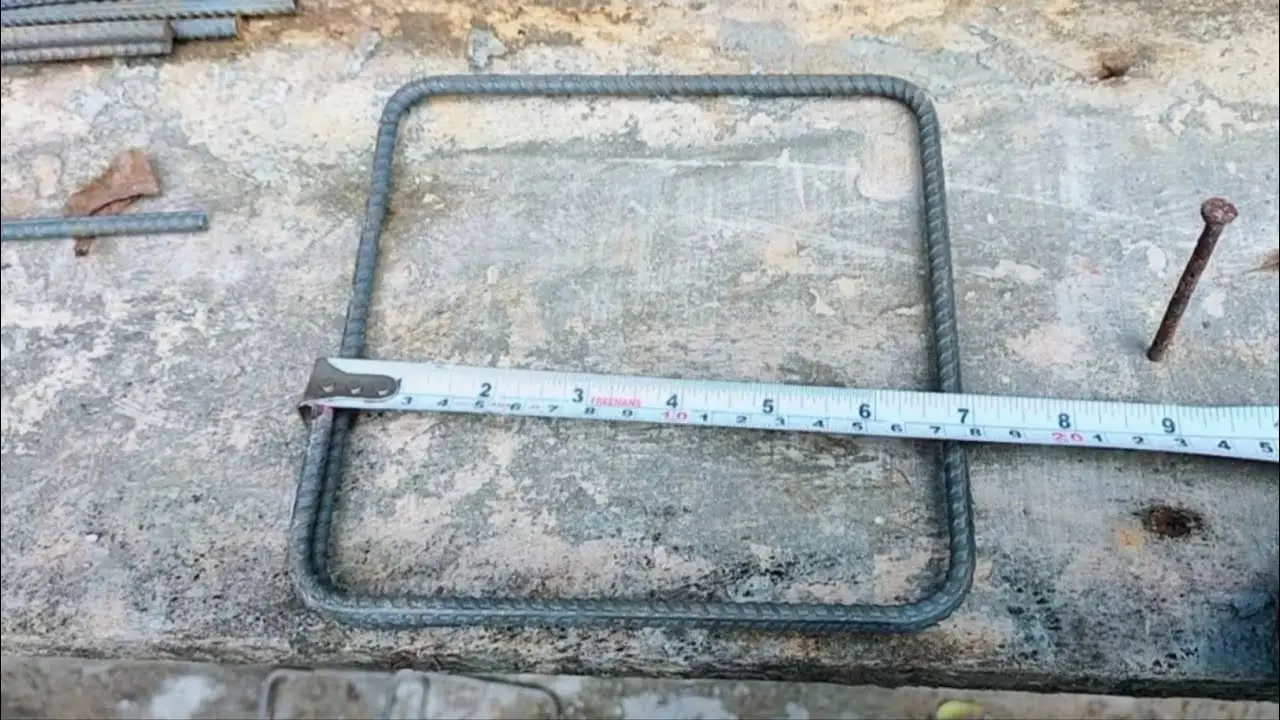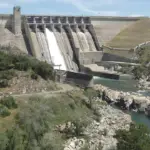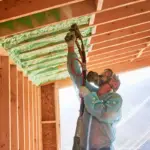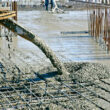Stirrups are a vital component in construction and civil engineering reinforcement, serving as a crucial support structure for concrete beams, slabs, and columns. They are typically made of steel and are used to anchor rebar in place, providing additional strength and stability to reinforced concrete structures.
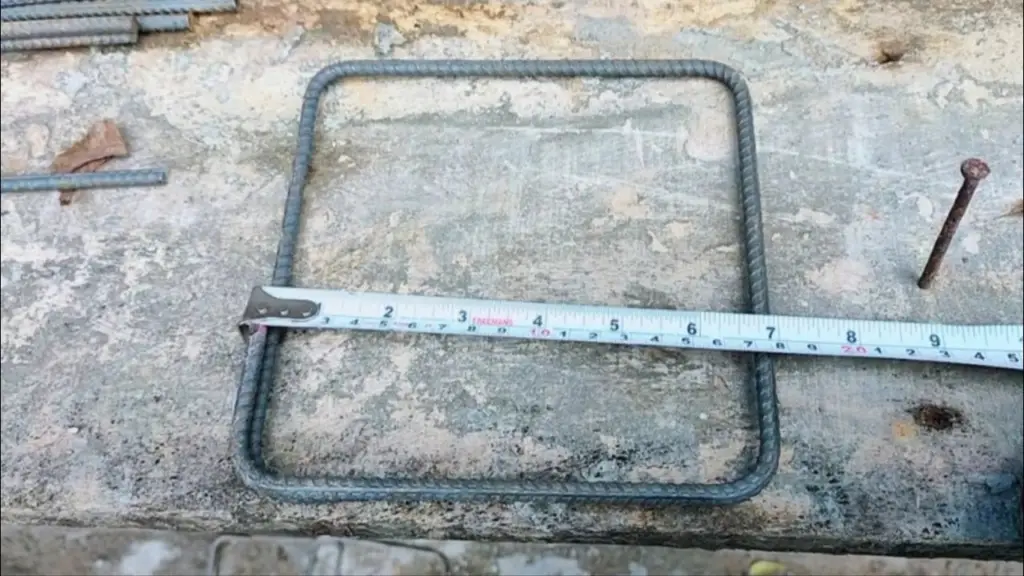
What are stirrups in civil engineering?
Stirrups are small, U- or C-shaped steel components used in civil engineering and construction for reinforcement purposes. They serve as anchor points for rebar in concrete beams, slabs, and columns, helping to resist shear forces and provide additional strength and stability to the structure.
Stirrups are placed in a specific pattern along the length of the structure, with the number and spacing determined by the expected loads and size of the structure.
Purpose and function of stirrups
The primary function of stirrups is to resist shear forces that can cause concrete beams and slabs to crack or fail. Shear forces are generated when loads are applied perpendicular to the longitudinal axis of the structure. Stirrups distribute these forces evenly throughout the structure, reducing the likelihood of failure.
Stirrups are typically placed in a regular pattern along the length of the structure, with the number and spacing of stirrups determined by the expected loads and the size of the structure. They are also commonly used in corners, where the shear forces are highest, to provide additional support and stability.
Design of stirrups
In terms of design, stirrups are typically made with a U- or C-shaped cross section, which provides a secure anchorage for the rebar. They are available in a range of sizes to accommodate different rebar diameters and to suit different reinforcement requirements. The stirrup spacing and size are usually specified by a structural engineer, based on the size and load-bearing capacity of the structure.
- Determine the maximum shear force (Vmax) that the beam is expected to experience based on the load and span conditions.
- Choose an appropriate stirrup spacing (s) based on the beam size, shear force, and concrete strength. A common recommendation is to limit the maximum spacing to d/2, where d is the depth of the beam.
- Select the stirrup size (diameter) based on the expected shear stress. It is common to use bars with a diameter of at least 6 mm (0.25 inches).
- Determine the required area of stirrups based on the shear stress and stirrup size. This can be calculated as: A = (Vmax * s) / (fy * j), where fy is the yield strength of the stirrups and j is a factor depending on the stirrup spacing and geometry.
- Arrange the stirrups in the beam, ensuring proper spacing and anchorage.
- Check the design for code compliance, including minimum and maximum spacing requirements, clear cover, and minimum stirrup size.
- Review the design for constructability and ease of installation.
Steps for installation of stirrups
The installation of stirrups is an important step in the construction process, and they must be placed correctly and securely to ensure the structure is able to resist shear forces effectively.
Stirrups are typically bent into shape on site, then placed in the concrete formwork and tied to the rebar.
They must be positioned accurately to ensure they provide adequate support and stability, and they must be securely tied to the rebar to prevent movement during concrete placement.
Like Us on Facebook!
Types of stirrups
There are several types of stirrups used in civil engineering and construction, each with its own unique features and applications. The following are the most common types of stirrups:
Subscribe Us on YouTube!
- Standard stirrups: These are the most basic type of stirrups, featuring a simple U or C-shaped cross-section and a hook or bend at both ends for anchoring the rebar. They are commonly used in standard concrete beams and slabs where simple reinforcement is required.
- Bent-up stirrups: As the name suggests, these stirrups feature a bent-up leg that extends vertically from the beam or slab, providing additional resistance against shear forces. They are commonly used in beams and slabs subjected to high shear forces, such as those found in bridges or high-rise buildings.
- Spiral stirrups: These stirrups feature a continuous spiral loop that encases the rebar, providing 360-degree anchorage and resistance against shear forces. They are commonly used in columns and other highly loaded concrete structures.
- Truss stirrups: These stirrups feature multiple intersecting legs that form a truss-like structure, providing enhanced resistance against shear forces. They are commonly used in complex concrete structures, such as nuclear power plants, where high levels of reinforcement are required.
- Lateral ties: These are a special type of stirrup used to resist lateral forces in concrete structures, such as those caused by wind or earthquakes. They are commonly used in walls and columns to provide additional stability and prevent cracking or failure.
Each type of stirrup has its own specific design and application, and the choice of stirrup will depend on the type of structure, the expected loads, and the desired level of reinforcement. A structural engineer will typically specify the type and size of stirrups required for a particular project, based on a detailed analysis of the structure and the loads it will be subjected to.
Conclusion
Stirrups are a critical component in the construction and civil engineering reinforcement of concrete structures.
They provide essential support and stability, helping to resist shear forces and ensuring the structure remains strong and stable over time. By ensuring that stirrups are installed correctly, engineers can be confident that the structure will be able to withstand the forces it is subjected to, and that it will continue to provide safe and reliable service for many years to come.

